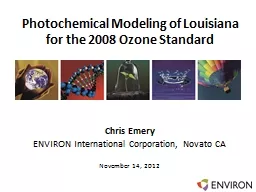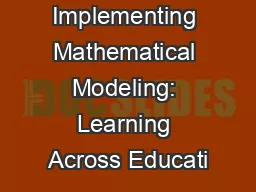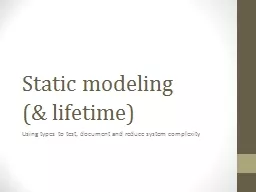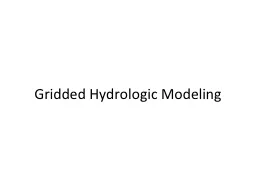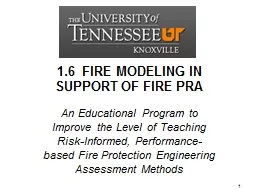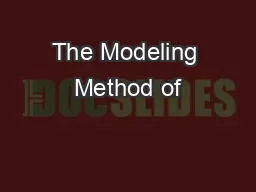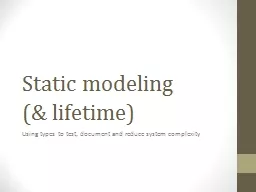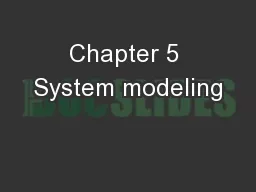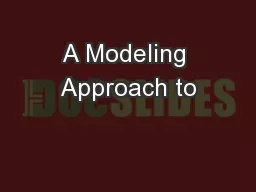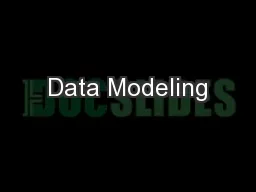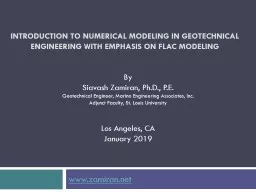PPT-Mothematical Modeling:
Author : stingraycartier | Published Date : 2020-11-06
Temporal and Spatial Models of Moth Distribution at the HJ Andrews Experimental Forest Erin Childs Pomona College Andrew Calderon Heritage University Evan Goldman
Presentation Embed Code
Download Presentation
Download Presentation The PPT/PDF document "Mothematical Modeling:" is the property of its rightful owner. Permission is granted to download and print the materials on this website for personal, non-commercial use only, and to display it on your personal computer provided you do not modify the materials and that you retain all copyright notices contained in the materials. By downloading content from our website, you accept the terms of this agreement.
Mothematical Modeling:: Transcript
Download Rules Of Document
"Mothematical Modeling:"The content belongs to its owner. You may download and print it for personal use, without modification, and keep all copyright notices. By downloading, you agree to these terms.
Related Documents


